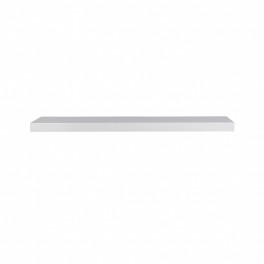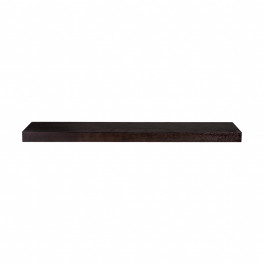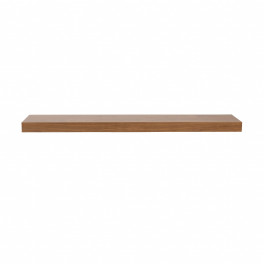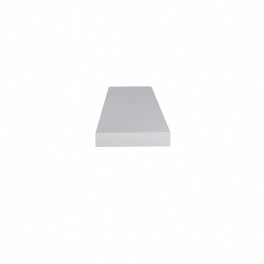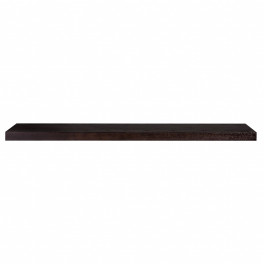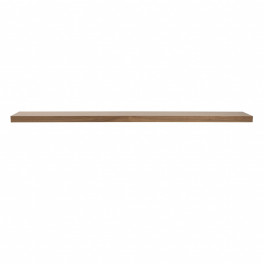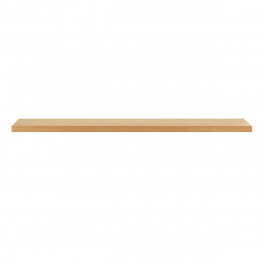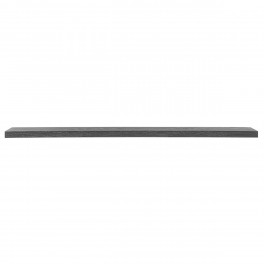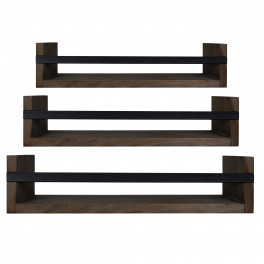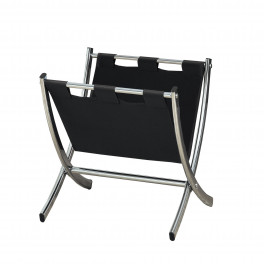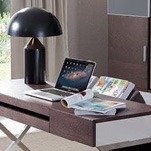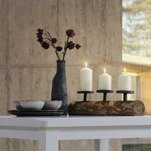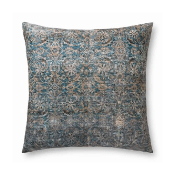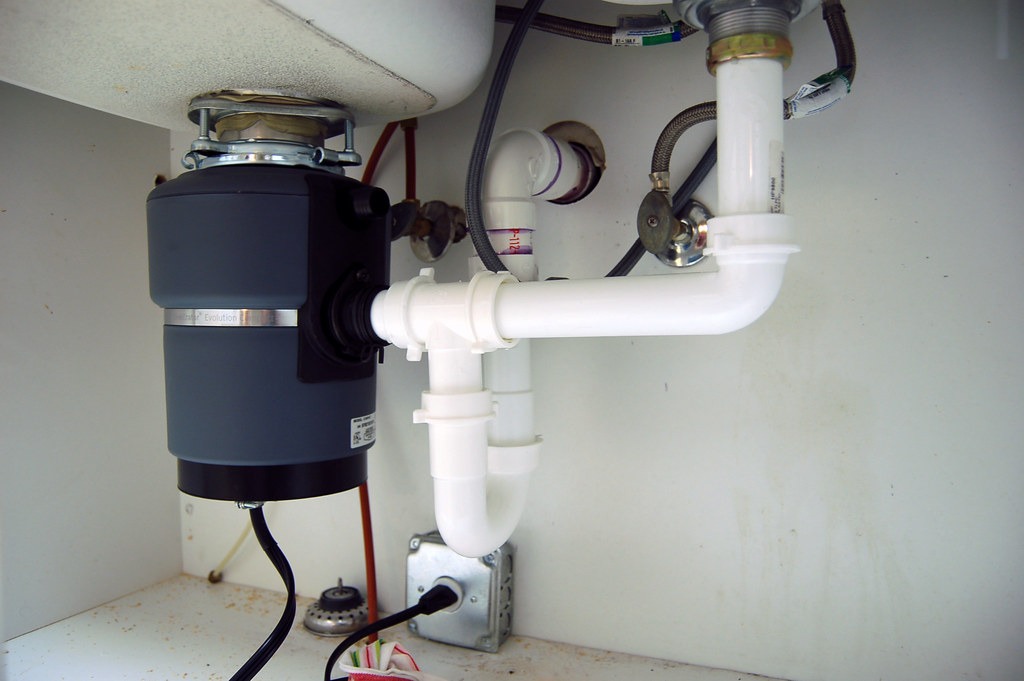Here’s a fun fact about screws: they have been around for centuries, but the first factory-produced metal screws came around in the mid-to-late 1700s. However, the first handheld screwdriver didn’t make an appearance until after the year 1800. You’re probably wondering what people did with screws before they had screwdrivers. We are too…
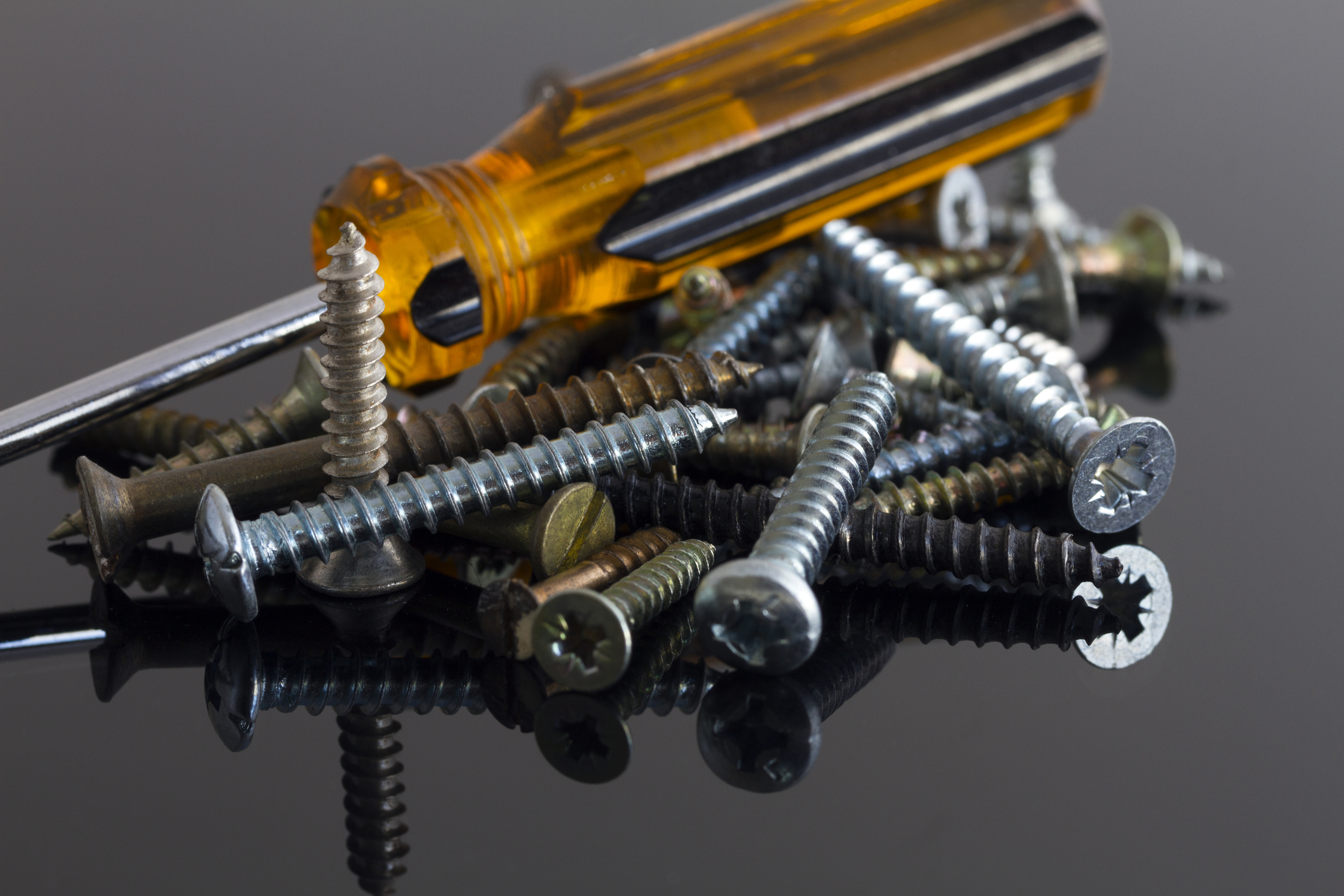
Photo by Ribe on Dreamstime
But nonetheless, we have more options today in terms of type, material, and purpose than we’ve ever had before, and sometimes it can be a little bit confusing to try to sift through all of those screw boxes at the hardware store to find the right screw for your project. After all, a screw is a screw, right? Why do the different options fill entire aisles?
Let’s talk about the different types of screws available and how to choose the right one. Note: This article is mainly for the DIY and/or home improvement reader focusing on wood and drywall, so we’ll save some space by skipping some of the more obscure options.

Photo by Chris Dorney on Dreamstime
Drive Type
For years – more than a century, really – there was no such thing as an “option” here. All we had were flat head screws, and even after the 1934 invention of the Phillips head, these two drive types were pretty much all you would have to choose between before deciding on a length and making your purchase. Today, we have over two dozen different types to choose from. Here are the most common options that you’ll want to consider for your DIY project.
Straight (or slotted, or flat-head) – These have a single slot along the head into which the screwdriver will fit. While they used to be the only option available, they have slipped in popularity compared to some more effective, modern options. Today, they might be used for simple joints, such as a plastic faceplate.

Photo by Wolf_139 on Shutterstock
Phillips (or cross) – Features a cross-shaped slot. For a long time, Phillips head screws were king, and are still typically used on appliances, hinges, drywalling, etc.
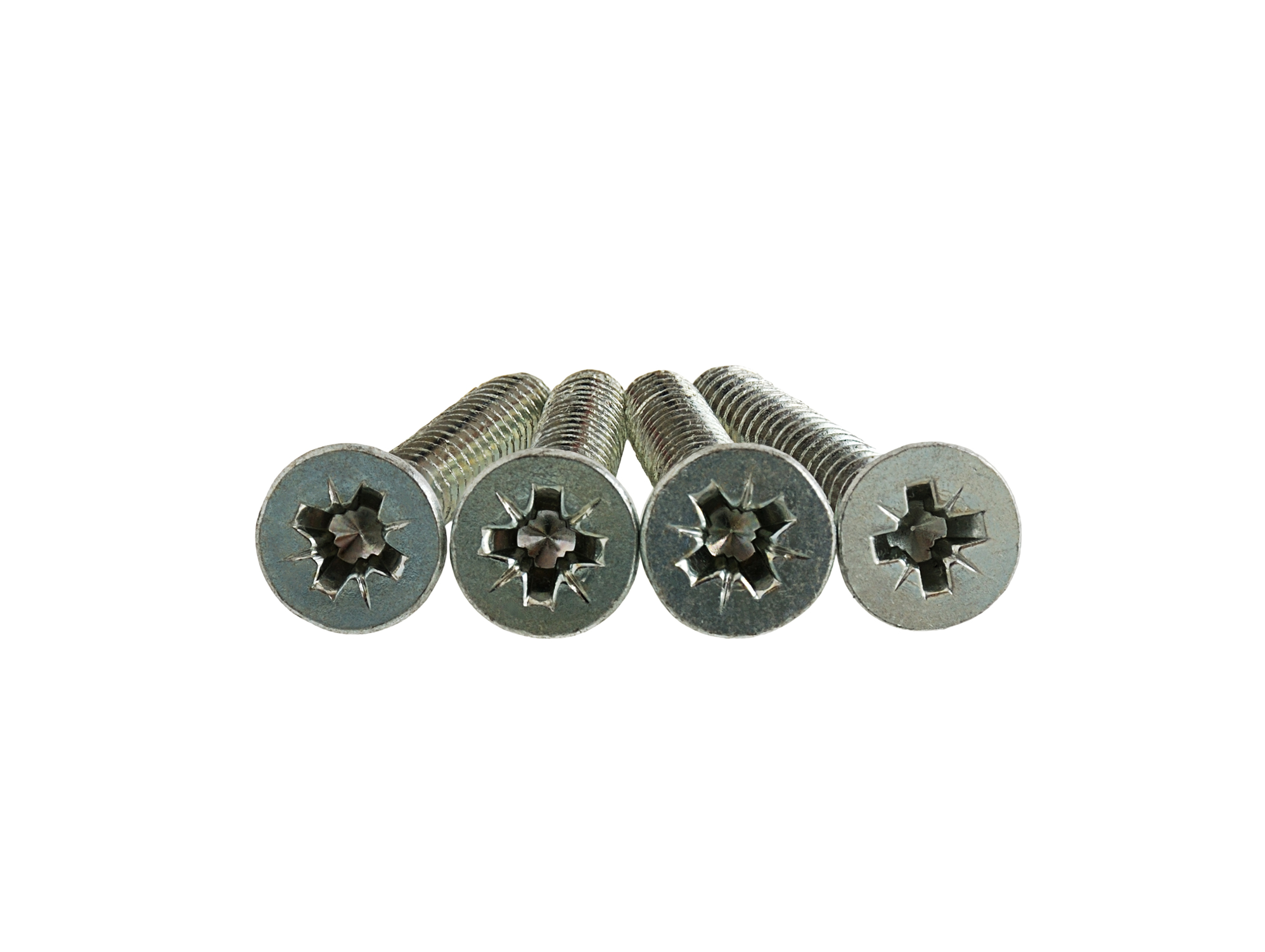
Photo by vadidak on Adobe Stock
Robertson (or square) – This is one of several “multi-head” options, named after inventor P.L. Robertson. Square drive screws are great for cabinets and decks, providing excellent torque and protection against slipping or stripping the head.

Photo by Matthew Benoit on Dreamstime
Torx (or star drive) – Another multi-head option, these screws are particularly designed not to “cam out,” even when over-tightened, giving them some of the best torque and driving power available.
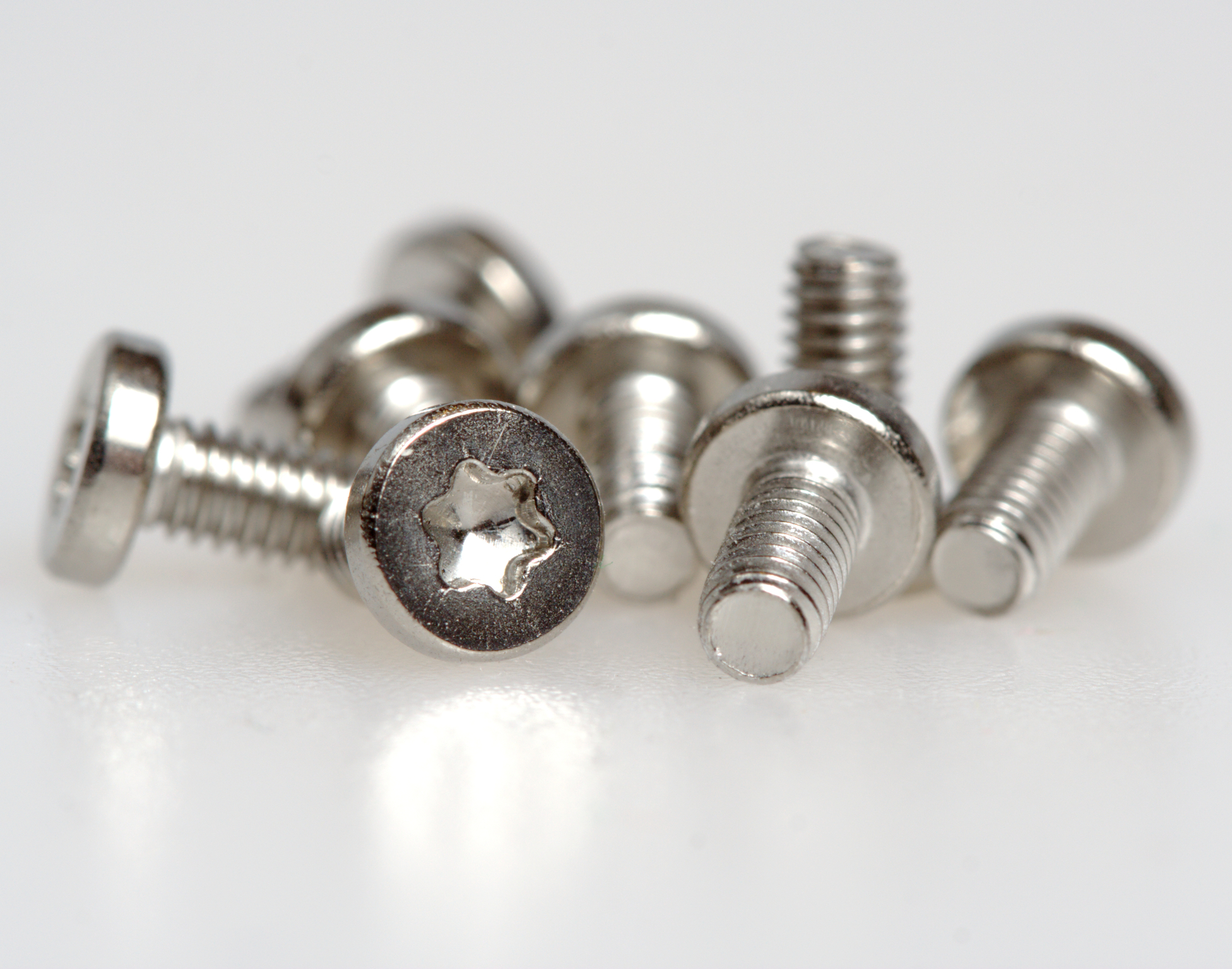
Photo by Bjoern Lotz on Shutterstock
Head Types
It’s also important to understand the function of different types of screw heads. You might associate the term “head” with what we discussed in the last part – Phillips Head, Flat Head, etc. But this section discusses the actual head of the screw, and not the slot for the screwdriver. Some screw heads are meant to be driven flush with the surface of your project, while others are designed to remain above the level of the surface. This can significantly impact your project if overlooked. Styles include flat, double countersunk, round head, pan head, bugle head, cheese head and more, but here are some of the most common types.
Flat (or countersunk) – These are often referred to as “wood screws,” and can be driven flush with your work surface. You’ll see this type of screw most often in standard construction.
Pan head – These heads will rest on top of the work surface, and the wide head provides enhanced holding power. These are often used to fasten metal components.
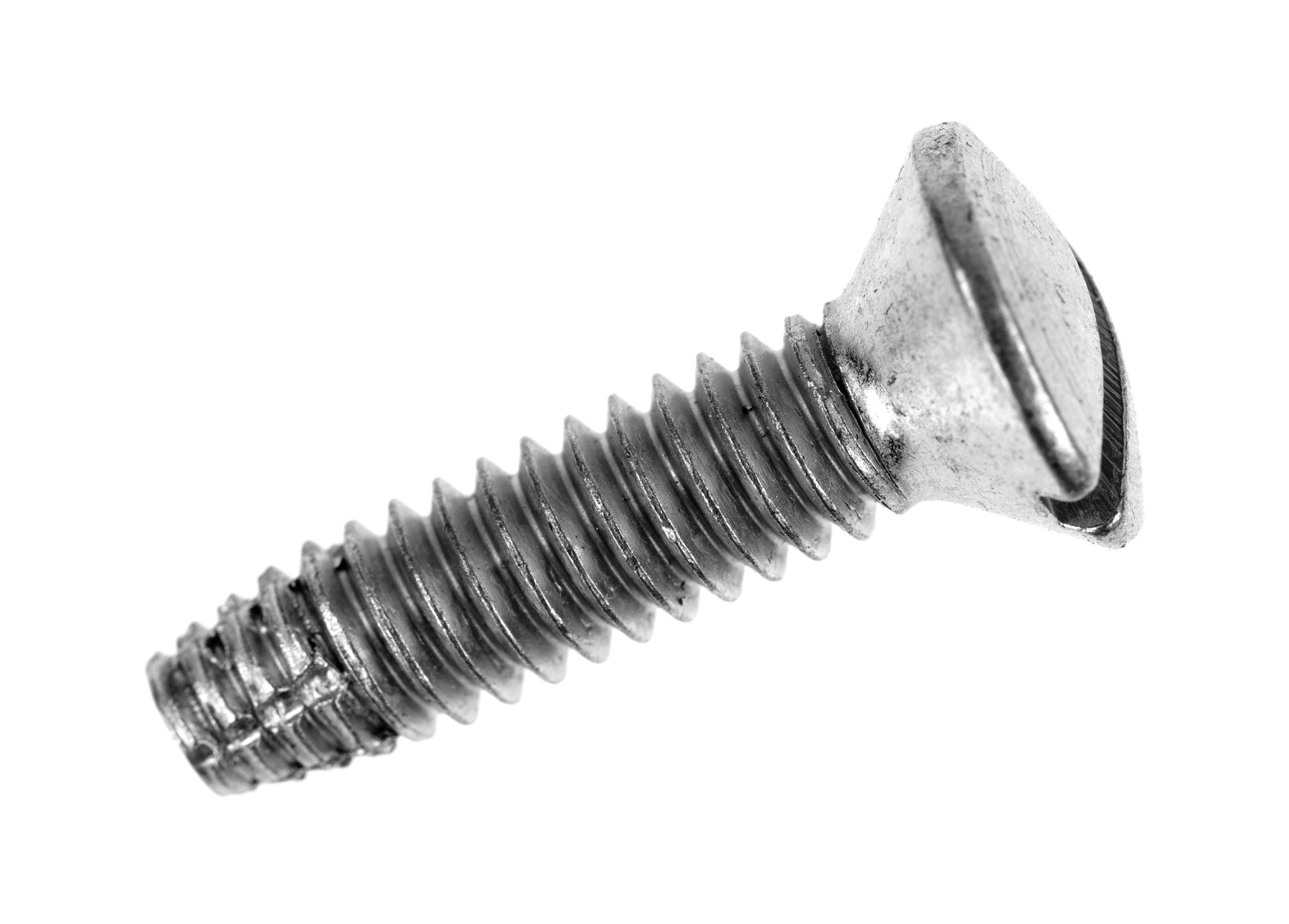
Photo by BW Folsom on Shutterstock
Oval – An oval head screw functions much like a flat head, with a chamfered bottom to help sink the screw flush with the surface. The only major difference is aesthetic, as the oval head features a slightly rounded top.
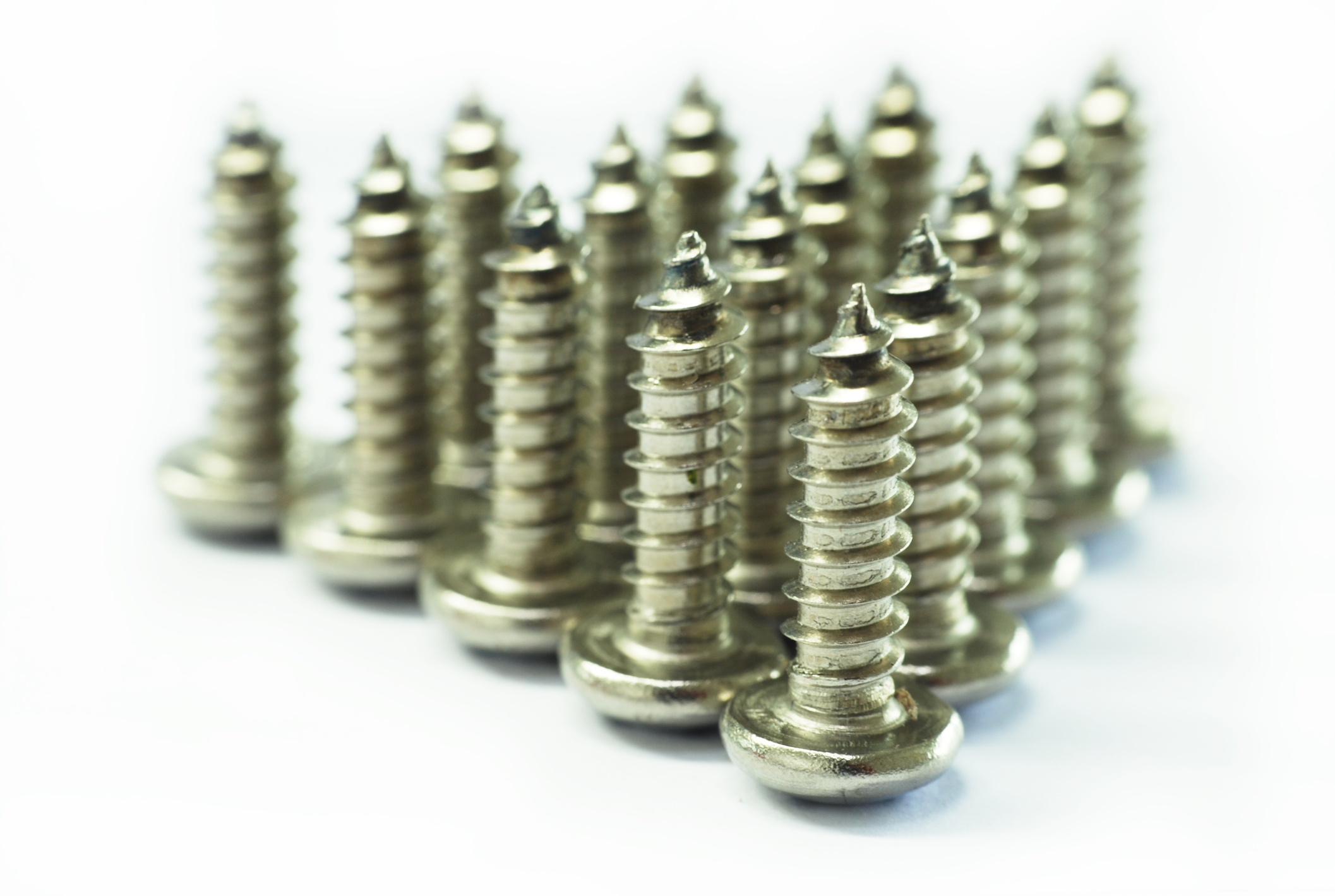
Photo by Masuti on Shutterstock
Round – These screws are often used in combination with washers on surfaces that are too thin for countersinking. The head is shaped almost like a half-circle, and it will sit well above the working surface.

Photo by Noneam on Dreamstime
Bugle – These are most commonly used in deck construction or drywalling. They are flared to provide a stronger hold than other flush-driving screws.
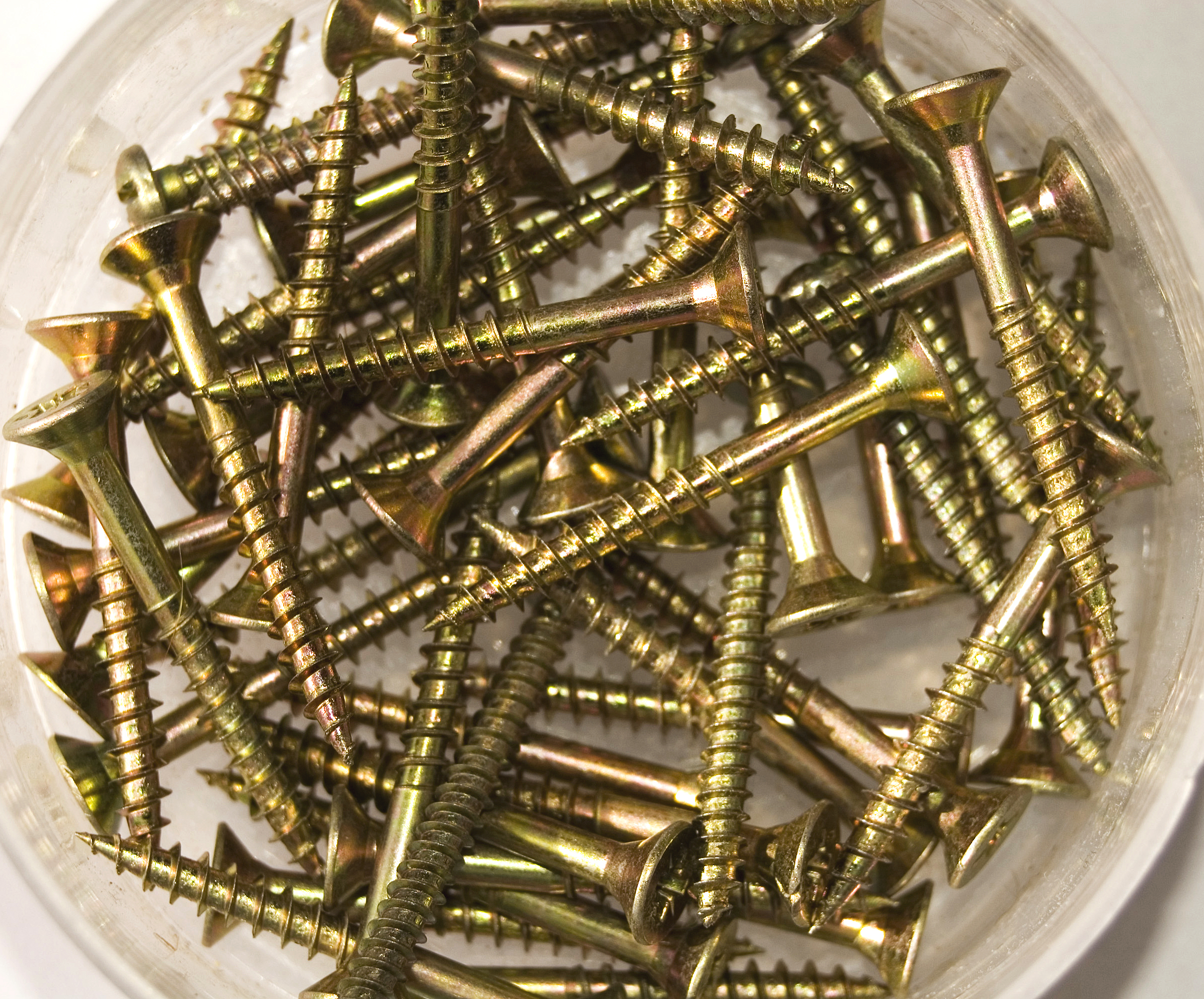
Photo by Ron Washbrook on Dreamstime
Material
This depends mostly on whether your screw is for an indoor or an outdoor project. For outdoor use, your best options are stainless steel silicon-coated bronze screws. Other coatings are also suitable, but check to make sure that it’s designed for outdoor use before you buy. If you’re working on an indoor project, you can save money on a cheaper material like zinc, or you can choose screws based on visual appeal.
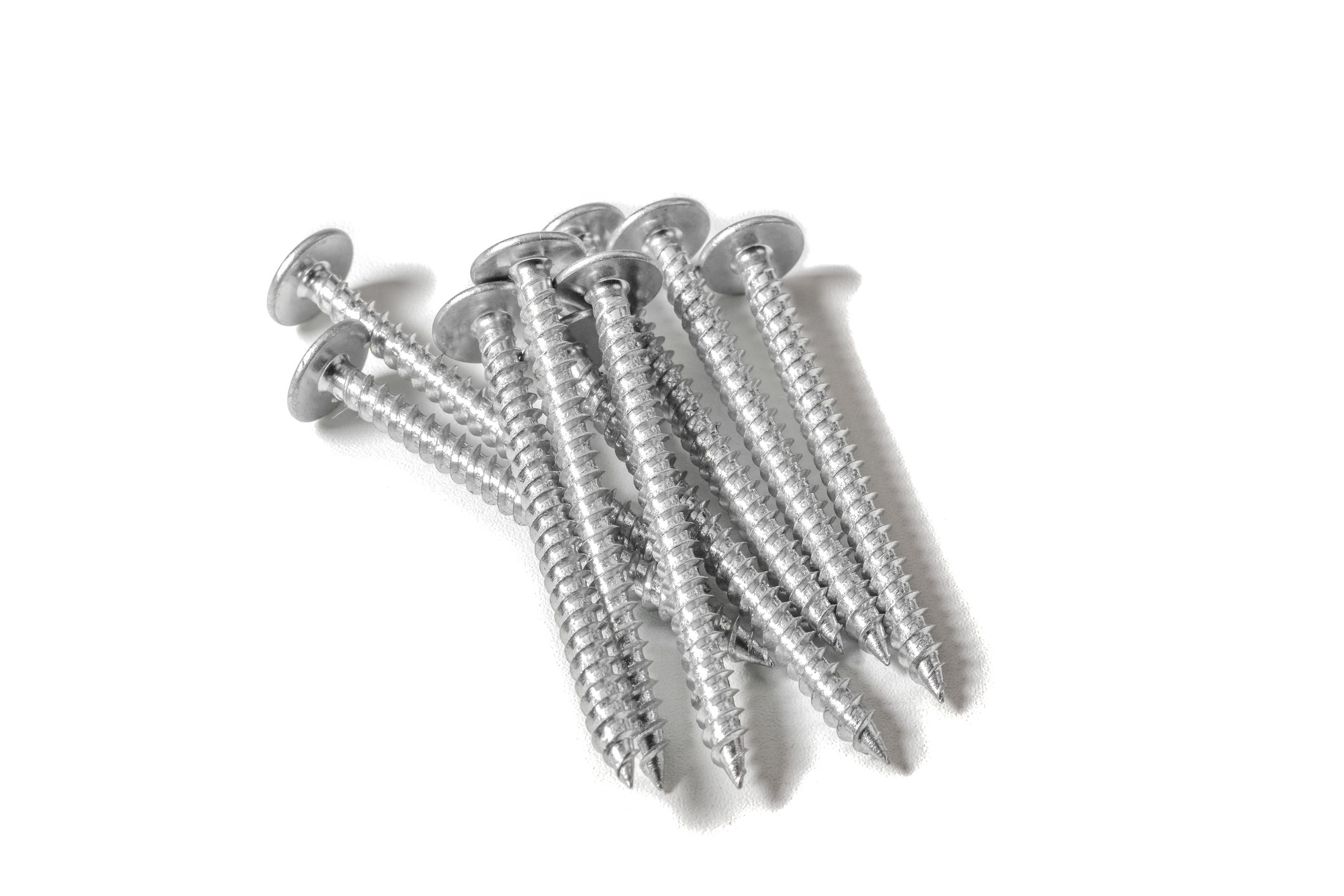
Photo by Khabibullin Damir on Shutterstock
Size
When you’re choosing a length for your screws, follow this rule of thumb: it should sink into at least half the thickness of the bottom material of your project.
Choosing your gauge (from #2-#14) is fairly simple as well -- #8 should be perfect for general projects, furniture, all-purpose use, and light construction. Go smaller if you’re working with small, thin, delicate materials. Go for #10 if you’re doing general construction, heavy duty furniture, decks, etc. And go even thicker if you’re working on a really heavy duty project.
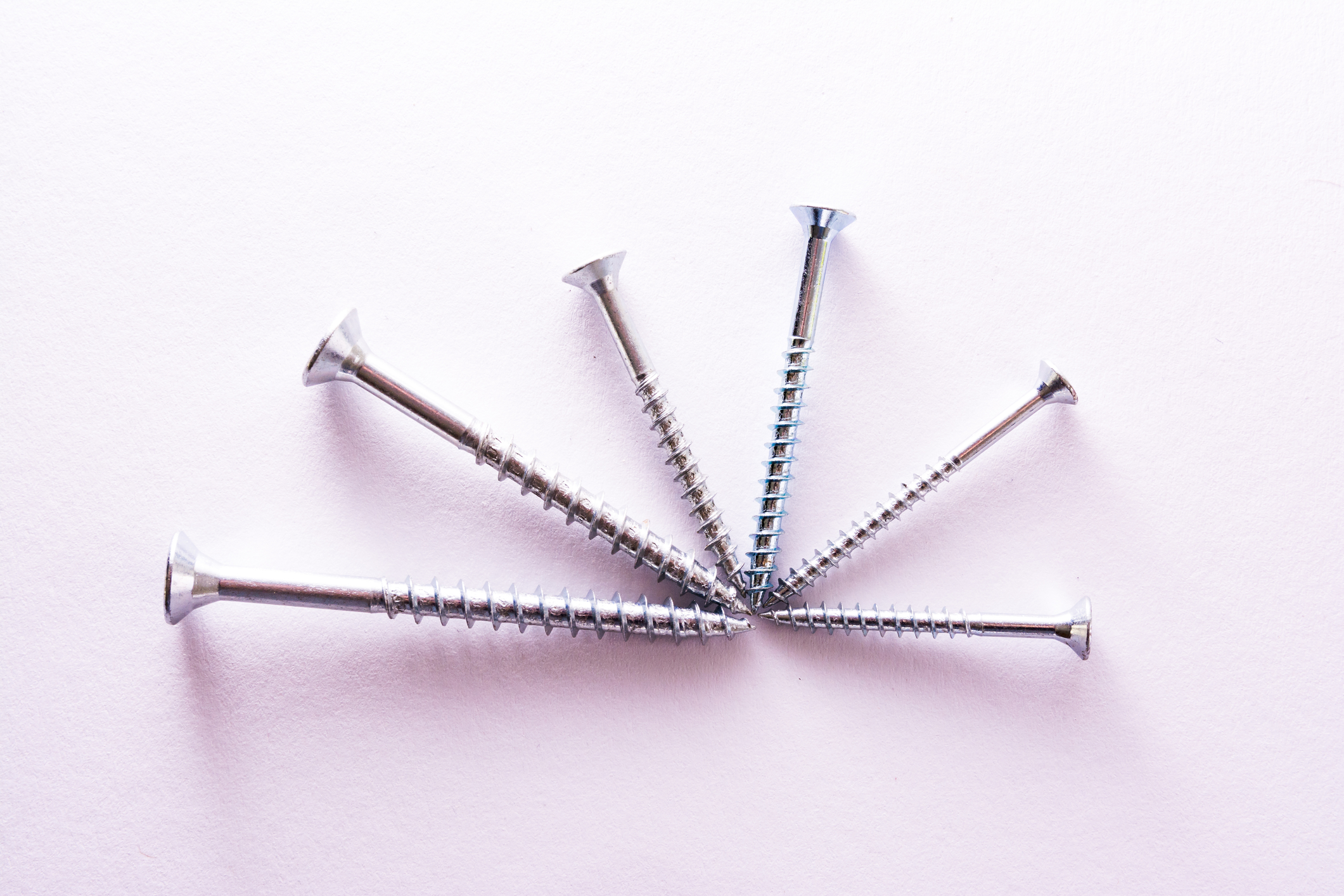
Photo by Hunterbliss on Dreamstime
By now, you should have a pretty good understanding of the many options available in screw design. Each option is specifically designed to meet the challenges of the job, the other materials, and the environment, so take all of these factors into consideration as you use this guide to choose the screws for your next project.




